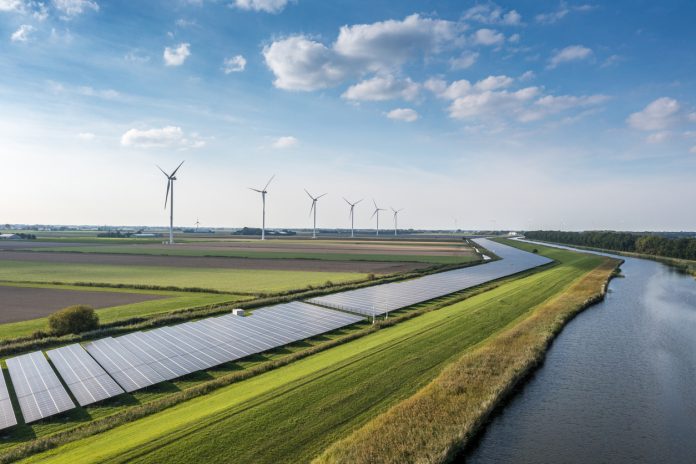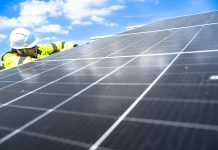Researchers in Switzerland are introducing a method to use solar energy instead of fossil fuels to generate the high temperatures required for smelting steel and producing cement
Published on May 15 in the journal Device, this approach promises a cleaner alternative for some of the most carbon-intensive industries.
Using solar energy instead of fossil fuels
Led by Emiliano Casati of ETH Zurich, the team developed a device that uses synthetic quartz to trap solar energy at temperatures exceeding 1,000°C (1,832°F). “To tackle climate change, we need to decarbonise energy in general,” Casati emphasises. “People tend to only think about electricity as energy, but in fact, about half of the energy is used in the form of heat.”
Industries such as glass, steel, cement, and ceramics are fundamental to modern infrastructure, but they are also major energy consumers, relying heavily on burning fossil fuels.
These sectors account for approximately 25% of global energy consumption. Previous attempts to use solar energy with solar receivers faced challenges in efficiently transferring heat above 1,000°C, which is a crucial step for these industrial processes.
Thermal trapping effect
Casati and his team addressed this issue by using semitransparent materials like quartz, known for their thermal-trap effect. They crafted a thermal-trapping device by attaching a synthetic quartz rod to an opaque silicon disk, which acts as an energy absorber.
When exposed to intense sunlight, the absorber plate reached temperatures of 1,050°C (1,922°F), while the quartz rod’s other end maintained a temperature of 600°C (1,112°F). This improvement shows that solar thermal trapping can operate effectively at high temperatures, unlike previous research limited to 170°C (338°F).
Using a heat transfer model, the researchers also affected the efficiency of quartz’s thermal trapping under various conditions. The model revealed that thermal trapping achieves target temperatures with lower sunlight concentrations and higher thermal efficiency.
For example, an unshielded receiver has an efficiency of 40% at 1,200°C with a concentration of 500 suns. A receiver shielded with 300 mm of quartz achieves 70% efficiency at the same temperature and concentration, significantly outperforming the unshielded version.
Reducing carbon footprint
Casati’s team is now focusing on optimising this thermal-trapping effect and exploring new applications. By investigating different materials, including various fluids and gases, they have achieved even higher temperatures. The ability of these semitransparent materials to absorb light is no just limited to radiation.
“Energy issue is a cornerstone to the survival of our society,” Casati states. “Solar energy is readily available, and the technology is already here. To really motivate industry adoption, we need to demonstrate the economic viability and advantages of this technology at scale.”
This use of solar energy helps reduce the carbon footprint of essential industries.











